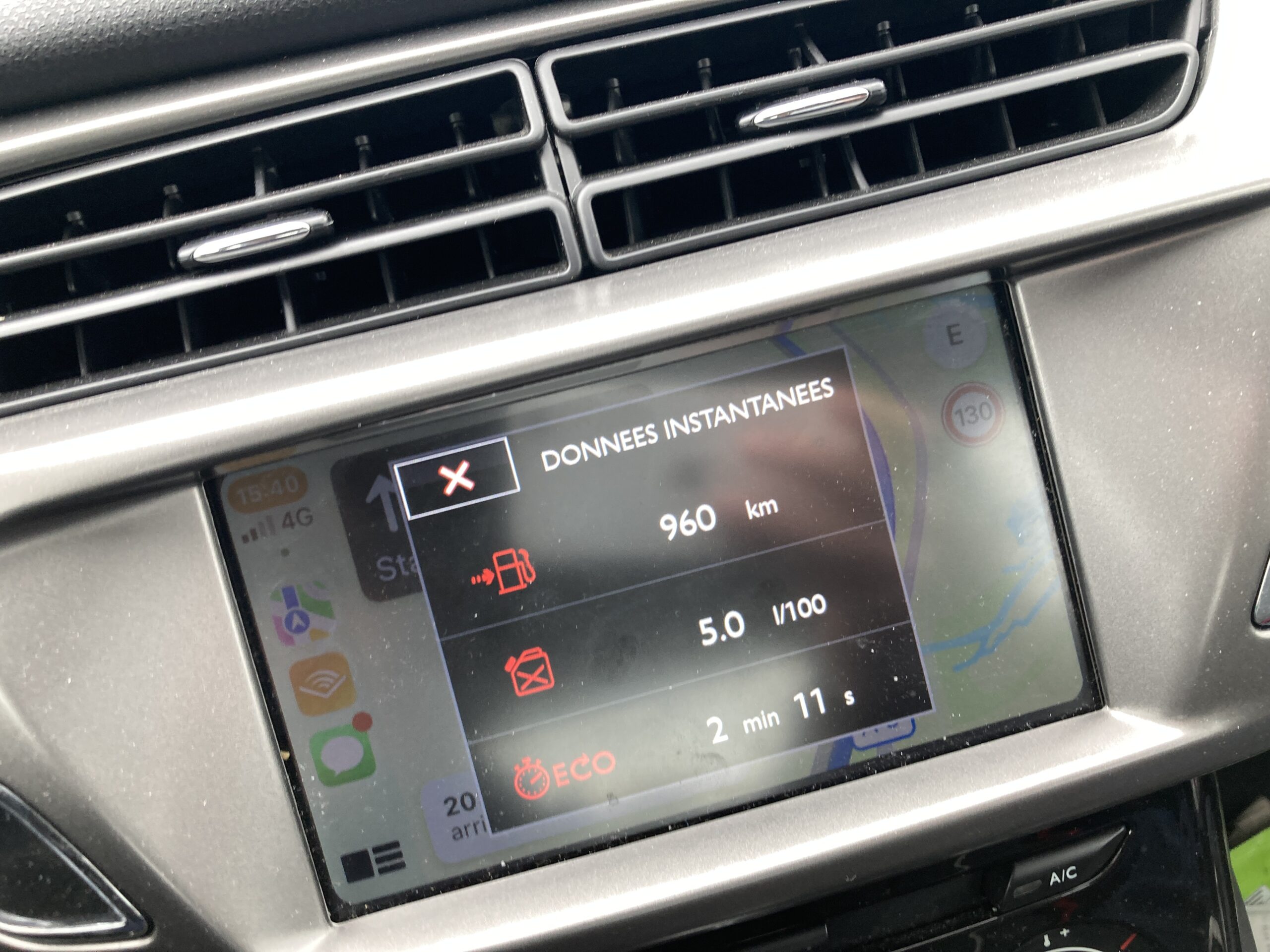Tag: car
-

Commuting to Geneva By Car and Train
Reading Time: 3 minutesI rarely go to Geneva for two reasons. The first is that there is rarely a compelling reason to go into Geneva, except for work related things. The second reason is that Geneva is expensive to get into. To get to Geneva and back, by train, will cost 9.40 CHF. According to…
-

Plenty of Transport
Reading Time: 2 minutesIf you live in towns it’s easy to do things. You walk half an hour to an hour and you’re ready to do something. In contrast, if you live in a village doing the same thing would require a lot of traveling. Tomorrow, for example, I could travel into Geneva in the…
-

Car Apps That Don’t Work
Reading Time: 2 minutesI am fatigued by cars and their apps. When I was using the Citroën car twice a week it was working fine but then I let it sit for a month and then it stopped synching correctly. I have done several trips now, and the journeys are either not recorded properly or…


